Japan’s UFO village, where the magnetic field is said to attract visitors from outer space
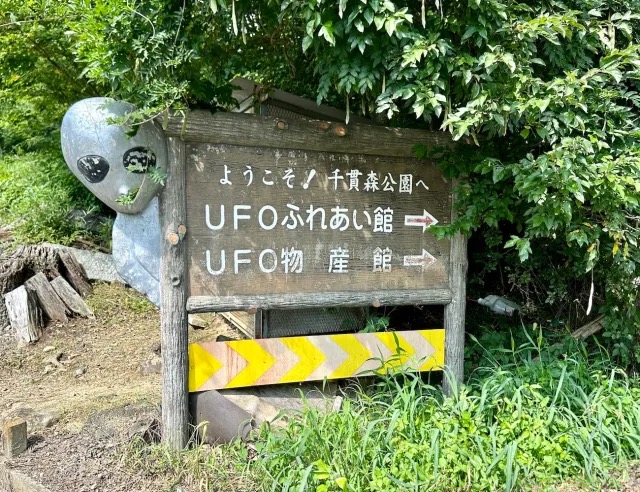
UFO stories abound in this area, and there’s plenty to make you think in this under-the-radar town.
Have you ever seen a UFO? While a lot of us probably haven’t, our reporter Masanuki Sunakoma is one of the few who claims to have had a close encounter with one, and he remembers it vividly to this day.
It happened one afternoon in 1996, when he was a high school student. He would always stop at the local convenience store on his way home from school with his baseball club teammates, and on this particular day, he spotted members of the school’s soccer team pointing upwards and making a fuss about something. As Masanuki and his friends approached them, they turned their heads to the sky and saw what was causing the commotion — an object floating above their heads that appeared to be made of two pure white isosceles triangles.

What on Earth was it? It was as if the triangles were attached at one end, and floating in the sky.
▼ Masanuki’s rendering of the incident, complete with “Wow, UFO!” and “Oi, there’s a UFO in the sky!” exclamations.
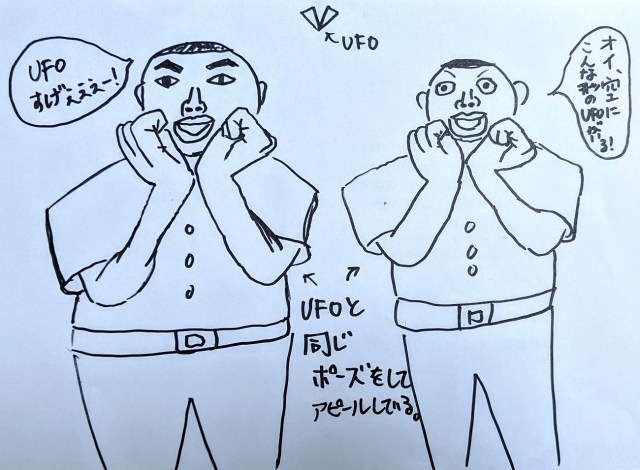
After gazing at it for a while, whatever it was seemed like it was stuck firmly to the sky rather than floating in it. The object didn’t move at all. Then suddenly, the triangular object ejected some sort of luminous body from the tip.
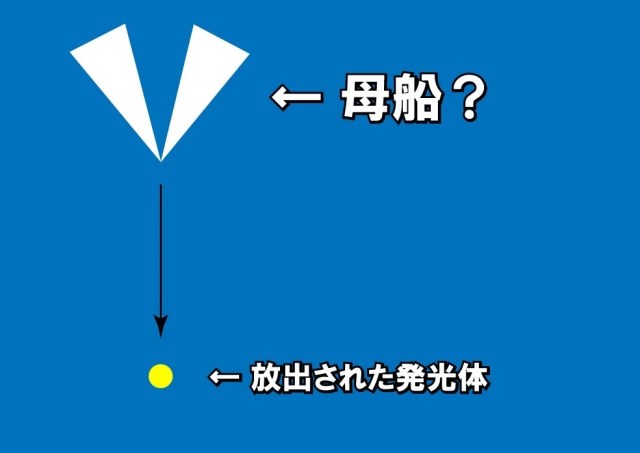
Apparently, this was the second time the triangular object had released something, as the soccer team members had earlier been shouting, “It’s falling! It’s falling!” when it happened the first time. Everyone was making such a commotion over the scene that the convenience store manager came out and took a photo of them all to commemorate the moment, but upon looking at the image later, the object couldn’t be seen in the photo.
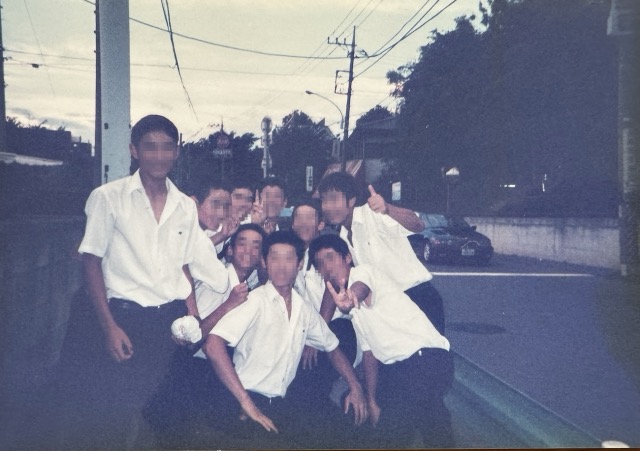
When they looked up at the sky again the emitted luminescent material seemed to explode in the distance and then the triangular object suddenly disappeared. Mouths agape, the boys couldn’t believe what they’d just seen, and the experience stayed with Masanuki as a memory that made him curious about UFOs ever since.
So in August 2024, almost 30 years after the sighting, Masanuki decided to see if he could find any answers to this childhood mystery by heading out to Japan’s famous “UFO Village“, located in the Iino-cho area of Fukushima City in Fukushima Prefecture.
▼ Since ancient times, this area has been a hotspot for UFO activity, with numerous sightings of luminescent objects leading it to become a sacred place for UFO enthusiasts.
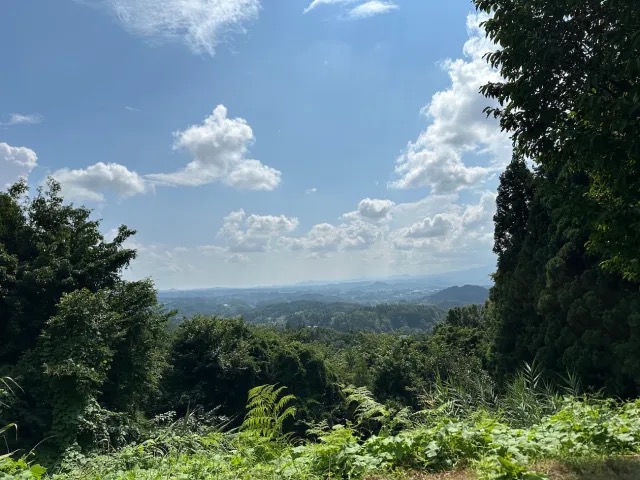
▼ The centrepiece of the village is UFO Fureaikan, a centre that collects UFO-related materials.
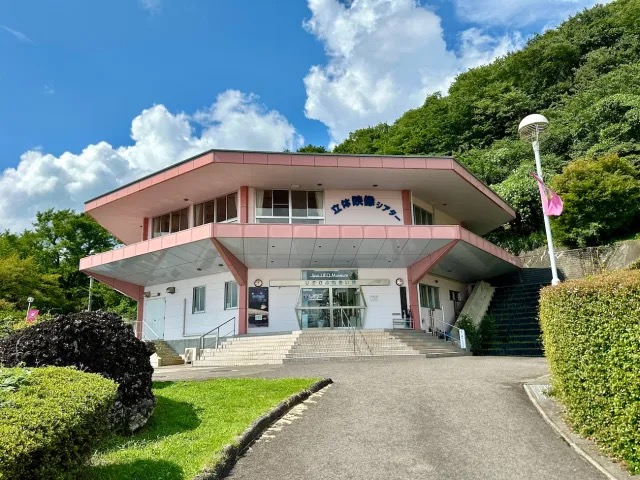
UFO Fureaikan is an octagonally shaped facility modelled after a UFO that was said to have landed on a mountainside. Inside the museum, there are UFO models, sighting information, and top secret CIA materials on display. For some reason, on the second floor there’s even a bath with a view, and Masanuki thought it would be wonderful to soak in hot water while searching the sky for UFOs.
▼Scroll through to see some of the photos Masanuki took during his visit.
According to some of the documents he saw at the facility, UFOs that have been witnessed in the area are not only disc-shaped, but also doughnut-shaped, cigar-shaped, and hat-shaped. There was even a sighting of a UFO that resembled a boomerang.
▼ Masanuki’s rendering of the sighted UFOs.
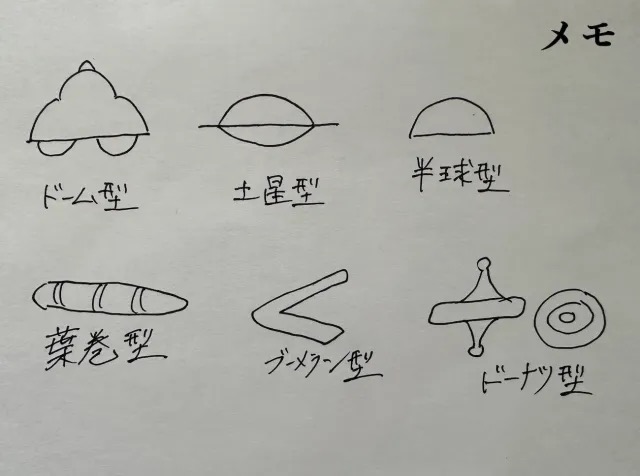
The reason behind all the UFO sightings in this area is said to be connected to Senganmori Forest. The first theory is that Senganmori’s pyramid-like shape and strong magnetic field creates many points where a compass can’t be fixed, and the entire area serves as an antenna.
Another theory is that the centre of Senganmori is dotted with strangely shaped megaliths from the northwest to the southeast. The arrangement of megaliths and places of worship like shrines are connected by a straight line called a ley line. UFOs are said to be sighted at places with ley lines, such as the pyramids and Stonehenge.
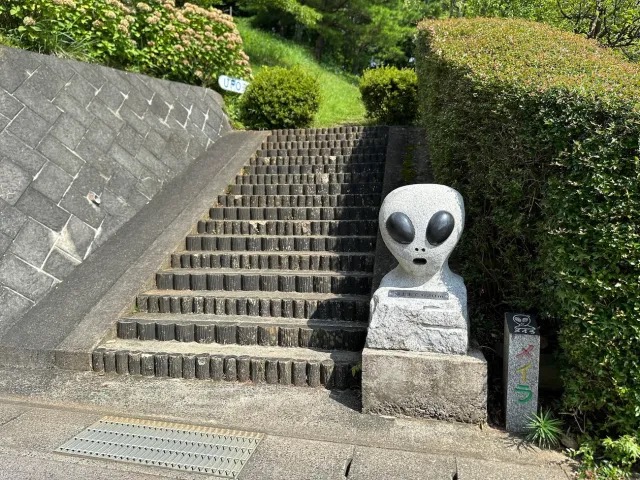
When Masanuki spoke to people at the centre about his UFO sighting and asked them why the object couldn’t be seen in the photo, they explained that it can sometimes be difficult to see and photograph unidentified flying objects.
▼ They likened it to how spokes on a bicycle disappear when they rotate at high speed.
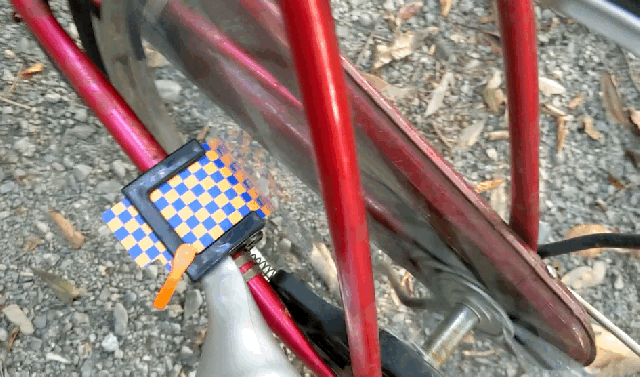
The disappearing spoke theory went some way to explaining things for Masanuki, and before he left the centre he picked up some souvenirs to commemorate his visit.
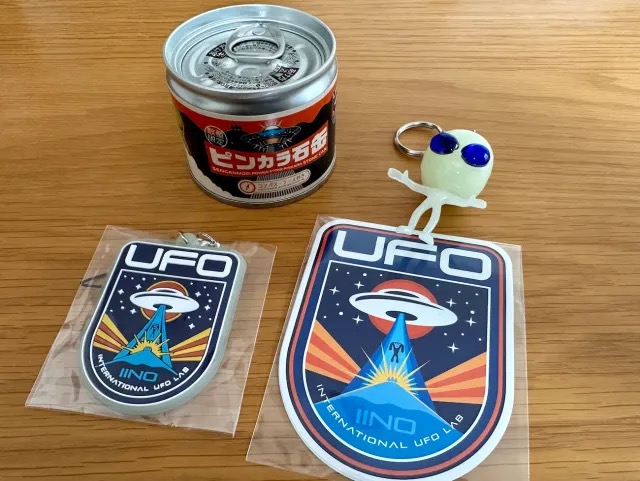
He purchased a sticker and a couple of keychains, but what really piqued his interest was the Pinkara stone can that he purchased for 550 yen (US$3.83). This can is said to contain a special stone that makes “a metallic clang, ping, and rattling sound” when struck near the summit of Senganmori. Apparently it has a special magnetic force that attracts UFOs.
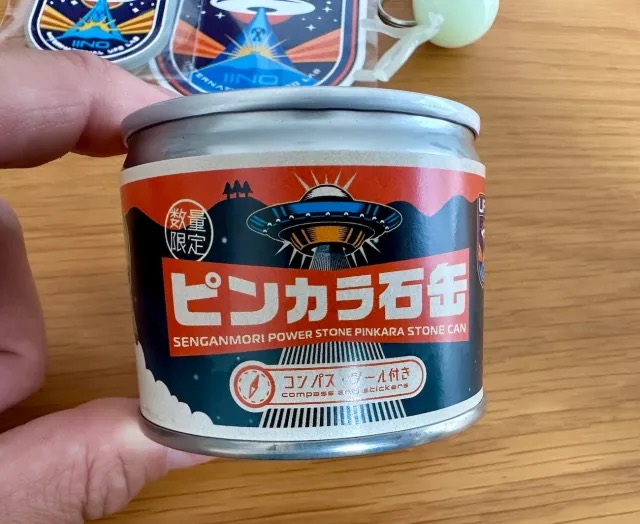
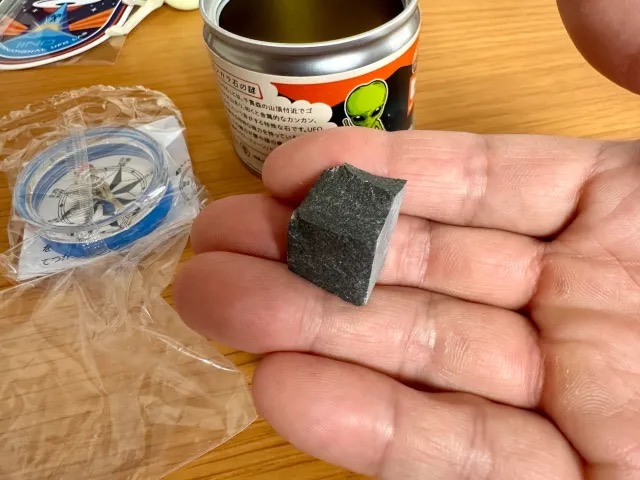
Felling the coolness of the mysterious rock in his hand, Masanuki wondered if it really had the power to attract UFOs. That’s when he remembered that on the way home, he did spot some mysterious lights in the sky, off to the side of the full moon.
▼ Could any of these have been UFOs?
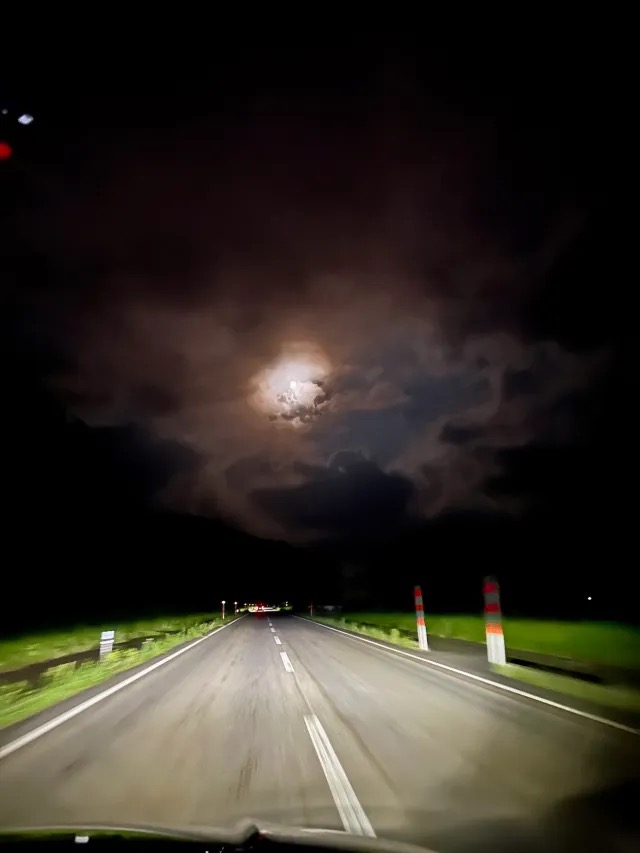
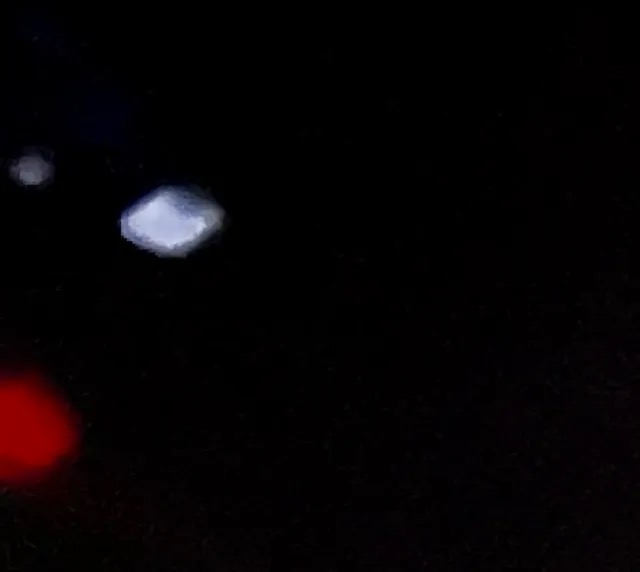
Masanuki might just be overthinking things and mistaking the reflections from his dashboard for objects in the sky, but then again, who knows? With the Pinkara stone now firmly in his pocket, those UFOs might soon be chasing him down in the near future, so watch this space for more updates!
Site information
UFO Fureaikan/UFO Products Center / UFOふれあい館・UFO物産館
Address: Fukushima-ken, Fukushima-shi, Kamimori, Iino-cho, Aoki, Kote 1-299
福島県福島市飯野町青木字小手神森1-299
Open: 9:00 a.m.-5:00 p.m.
Closed: Mondays (if Monday is a holiday, Tuesday will be closed)
Website
Images © SoraNews24
● Want to hear about SoraNews24’s latest articles as soon as they’re published? Follow us on Facebook and Twitter!
Credit:

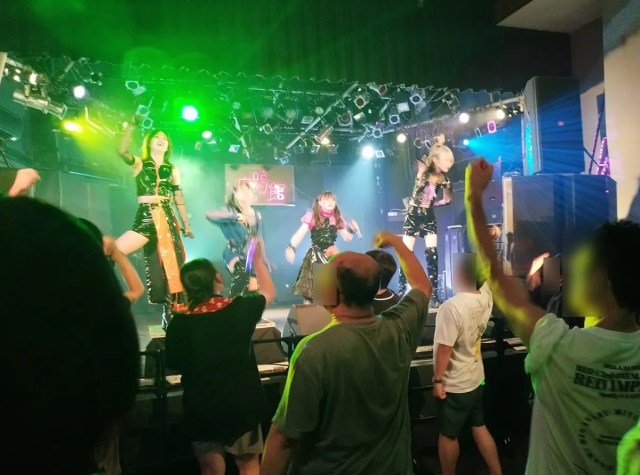
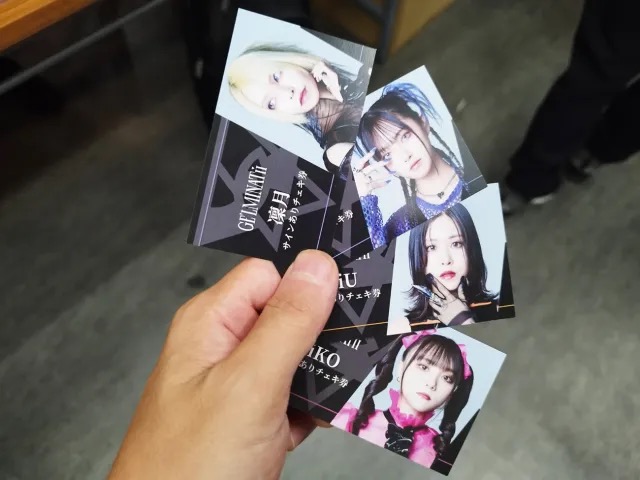
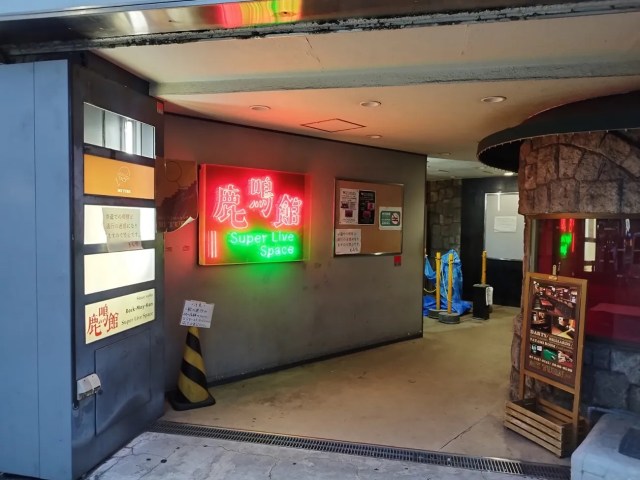
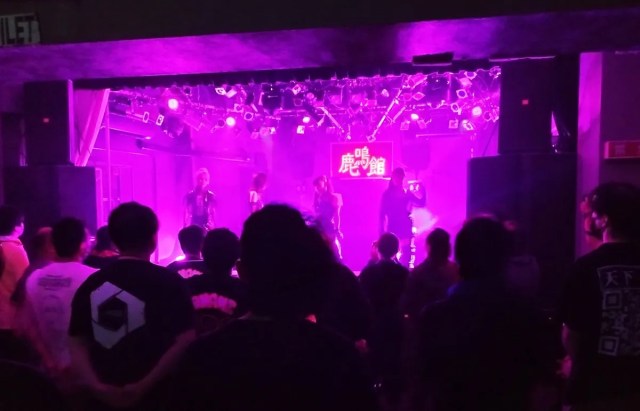
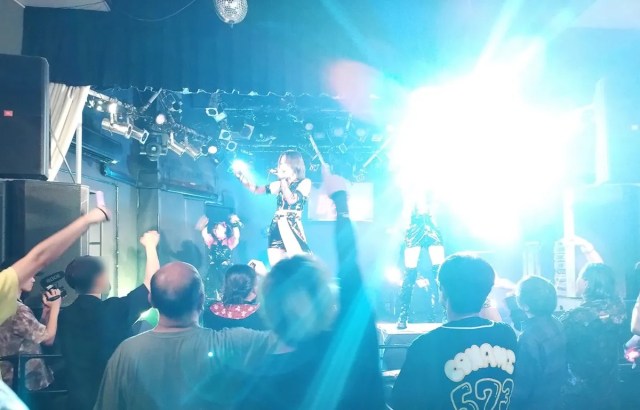

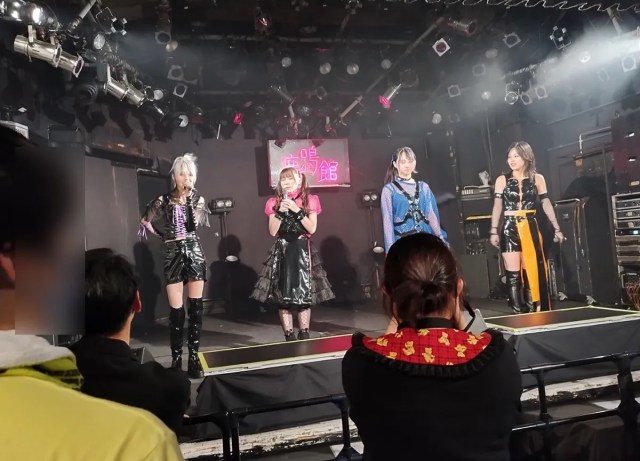
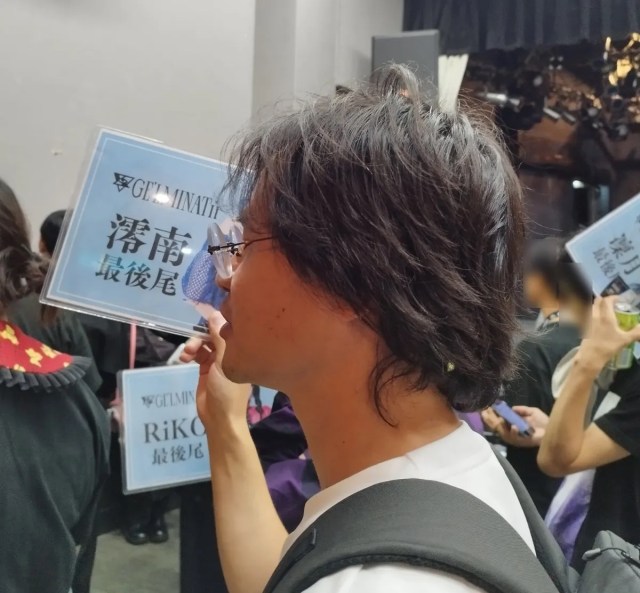
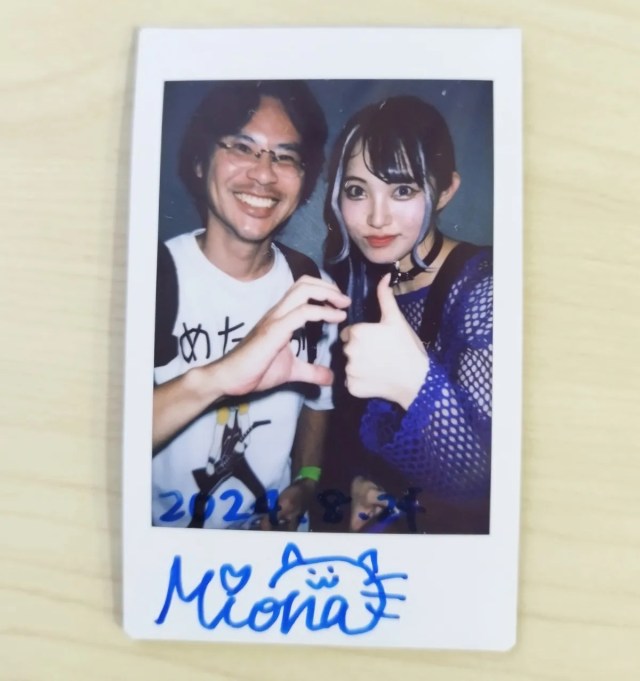
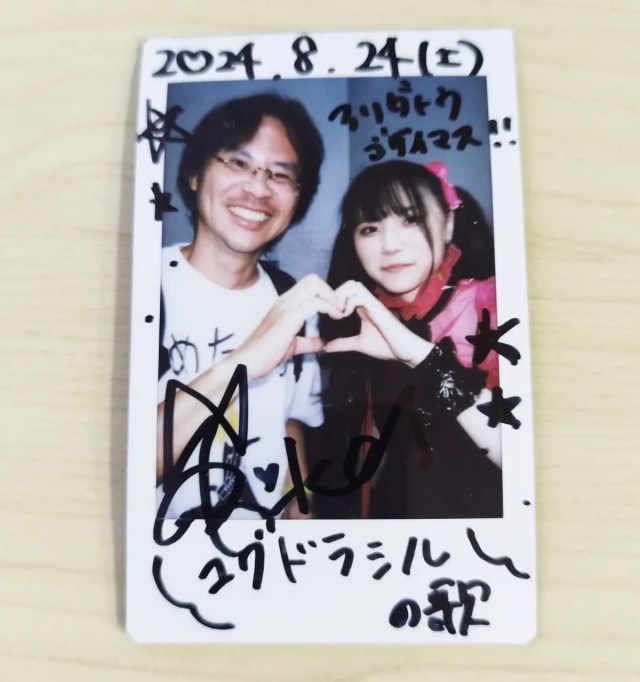
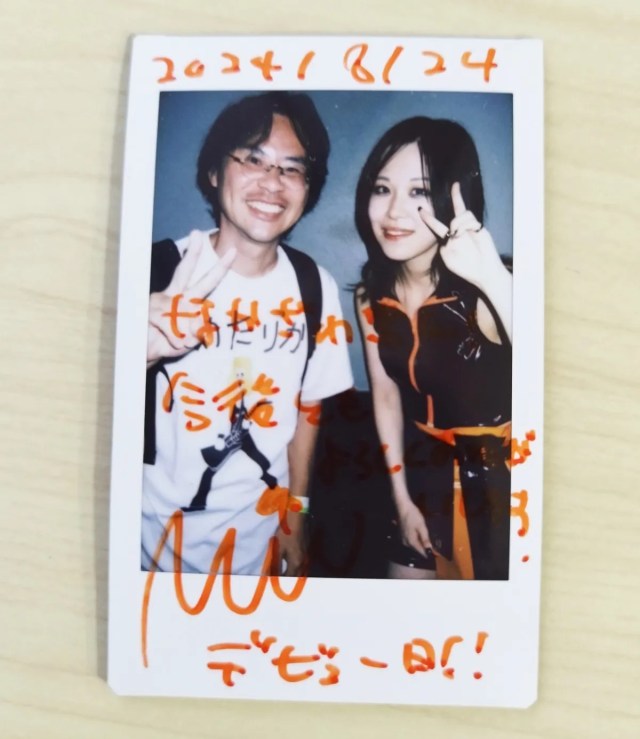
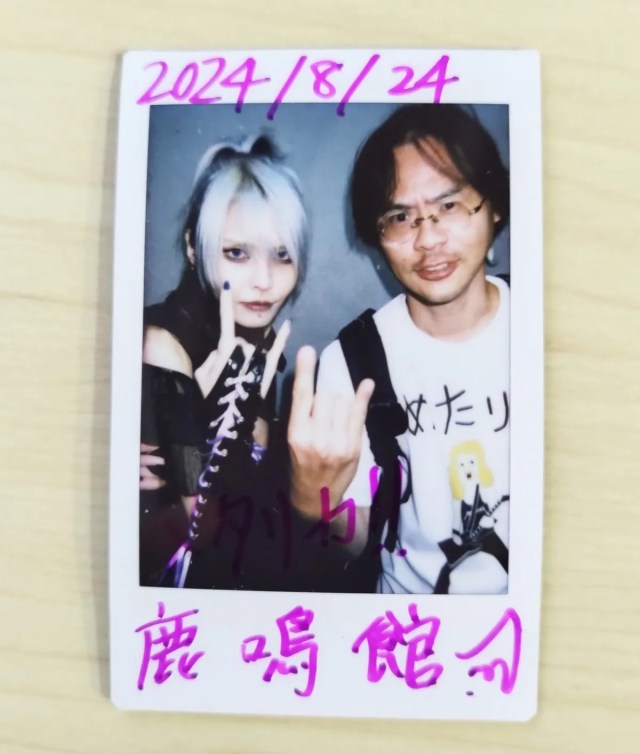
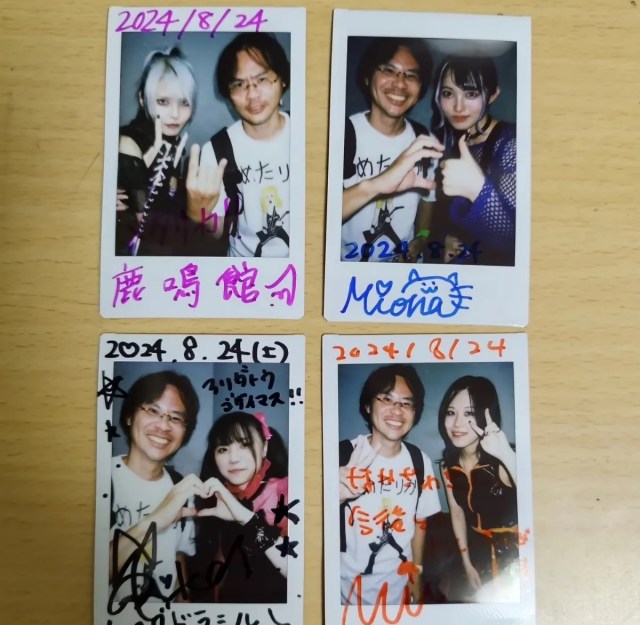
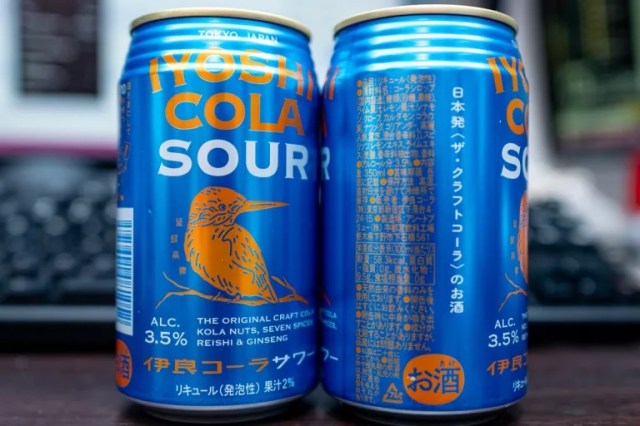
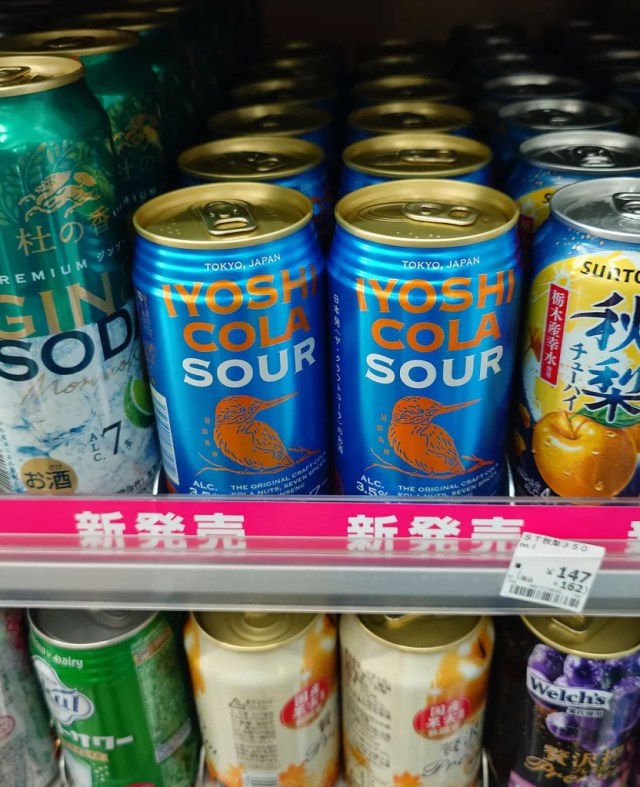
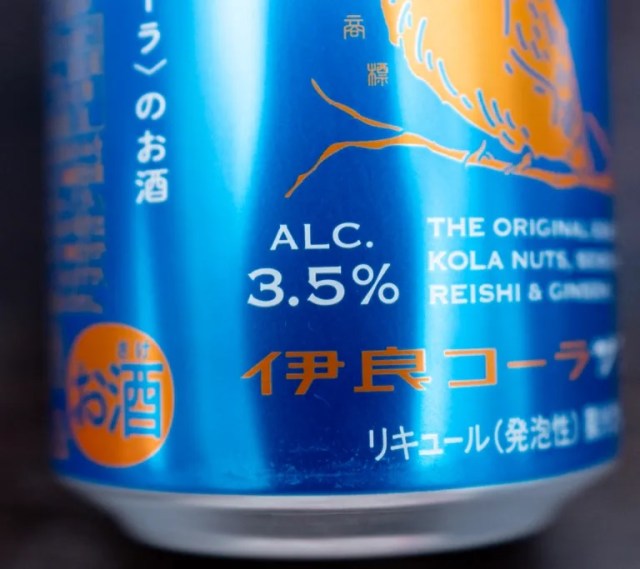
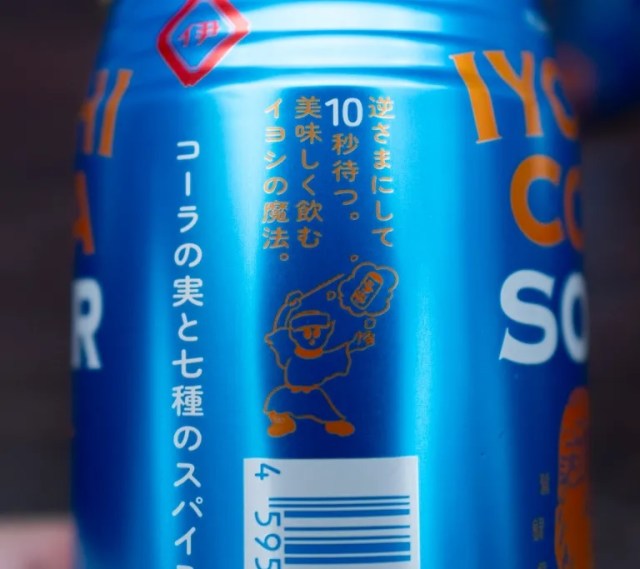
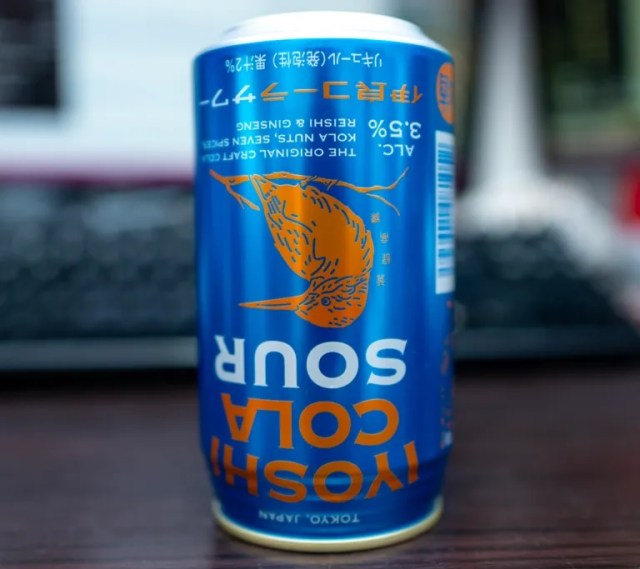
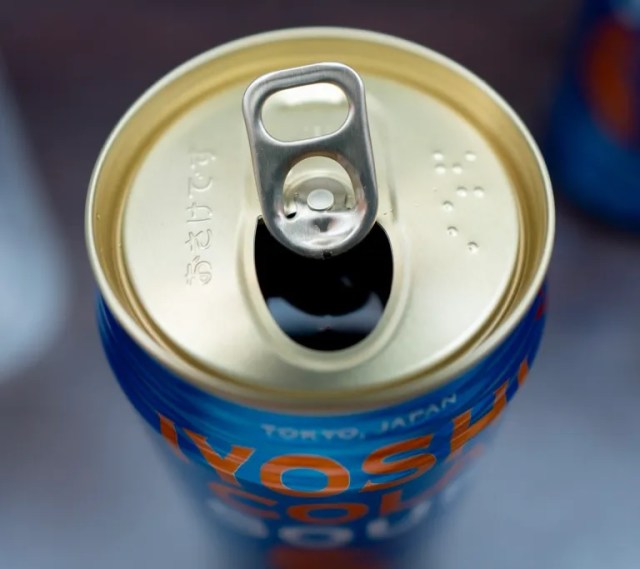
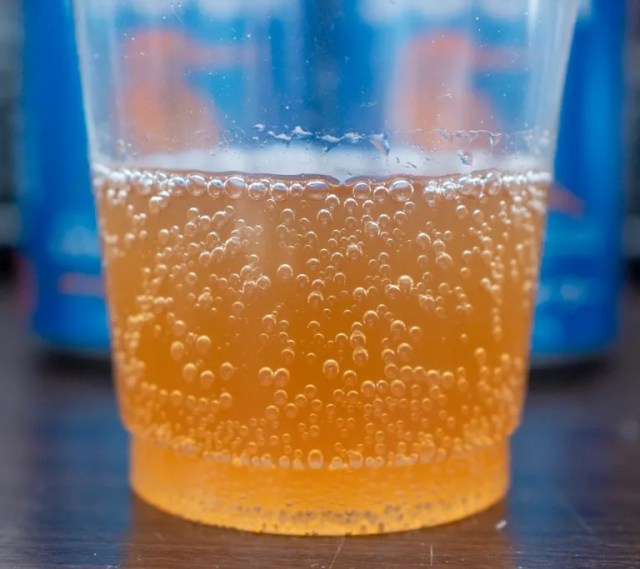
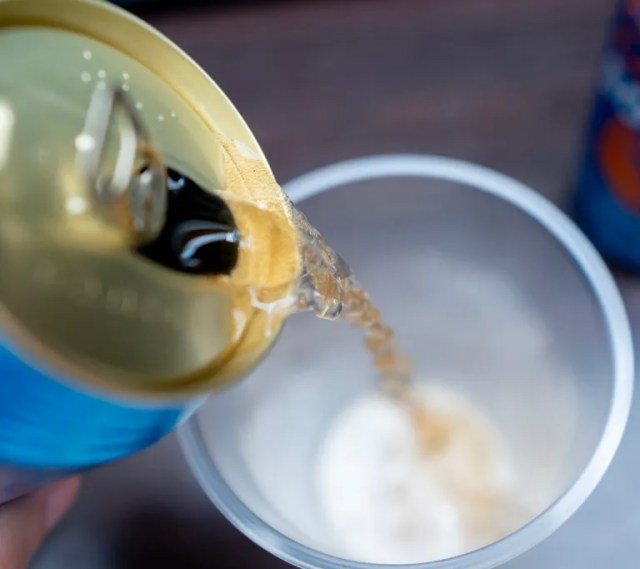
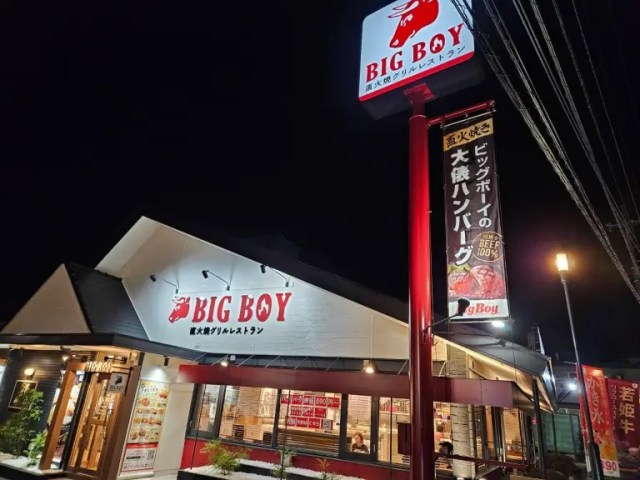
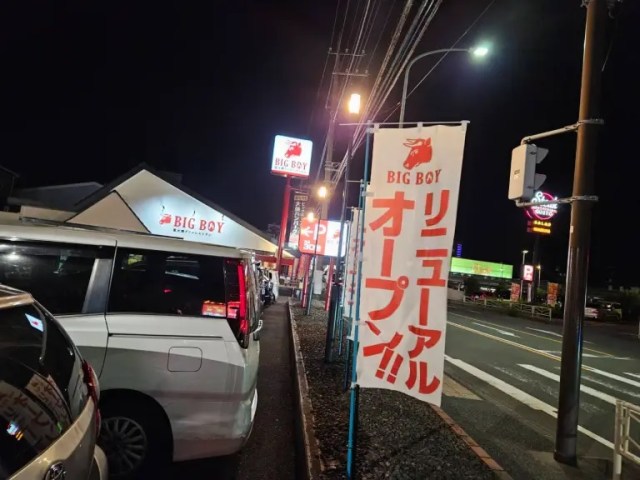
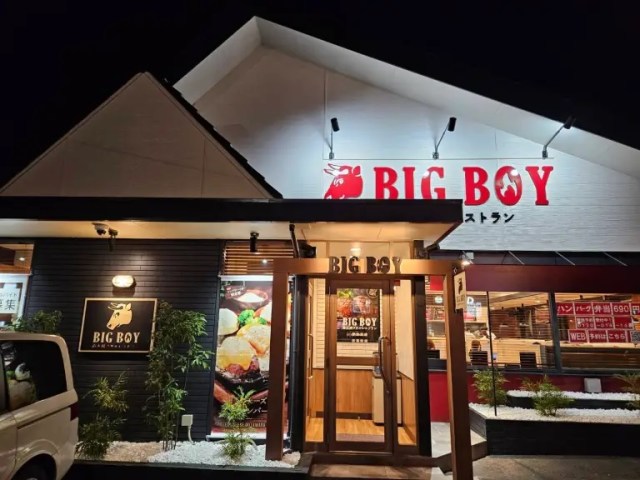
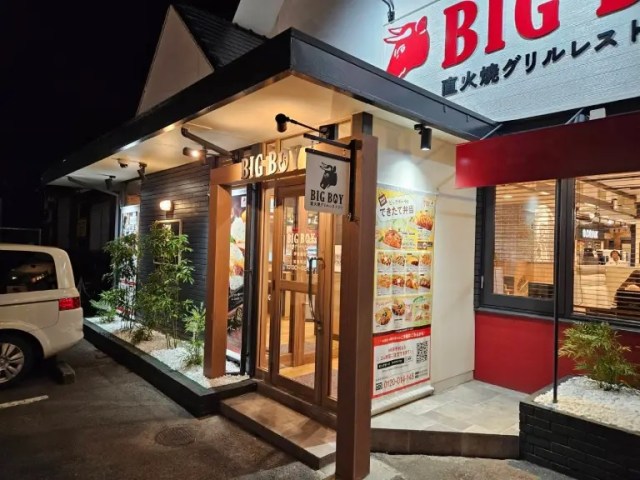
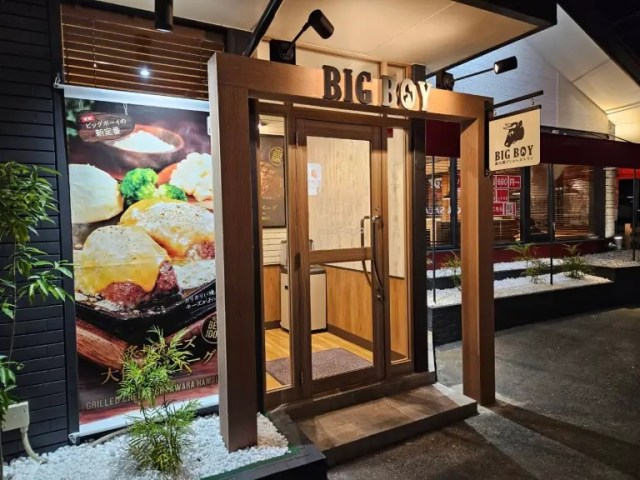
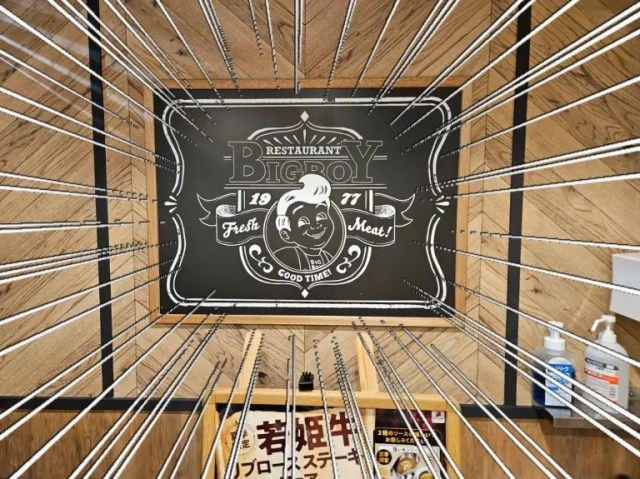
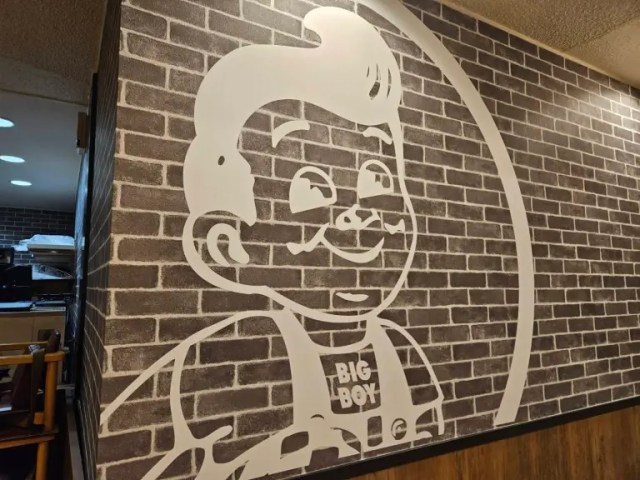
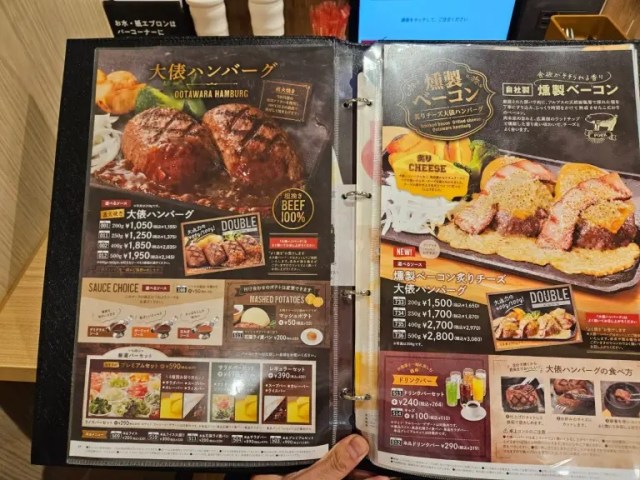
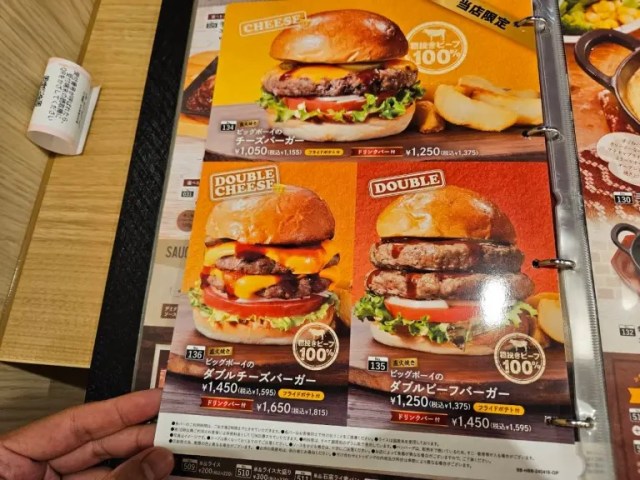
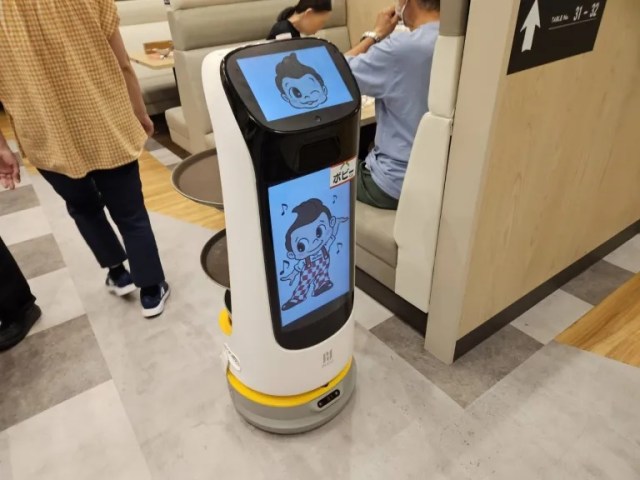
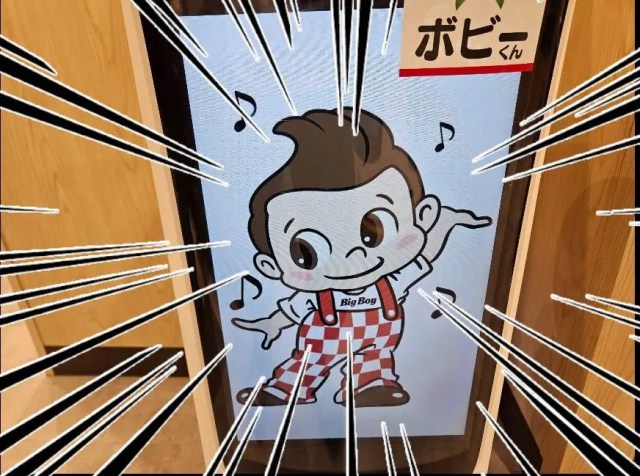
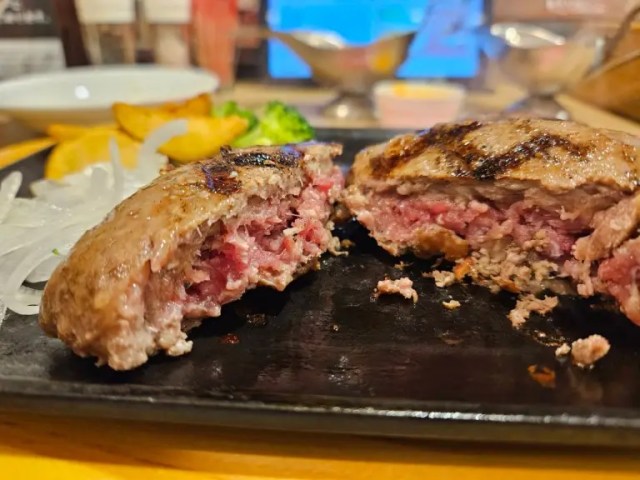
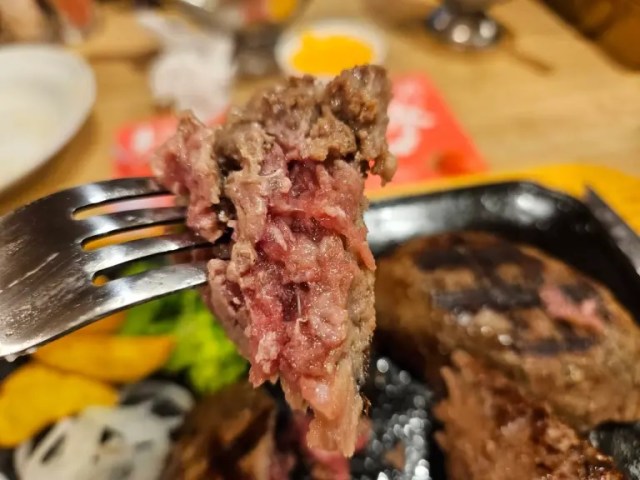
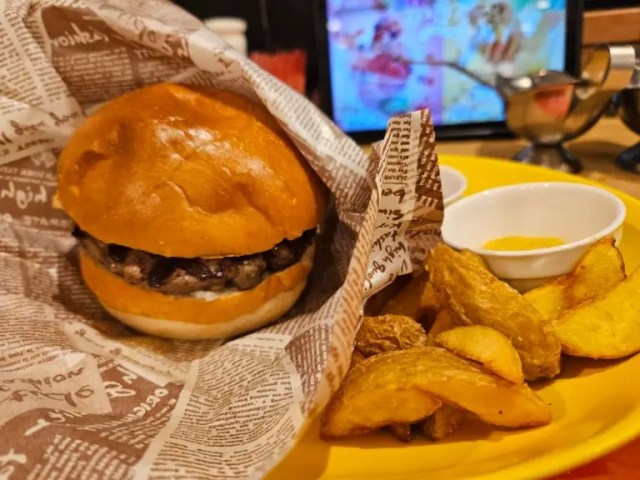
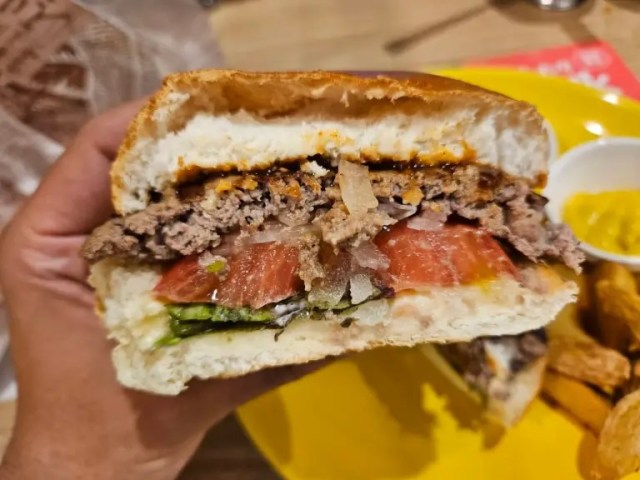
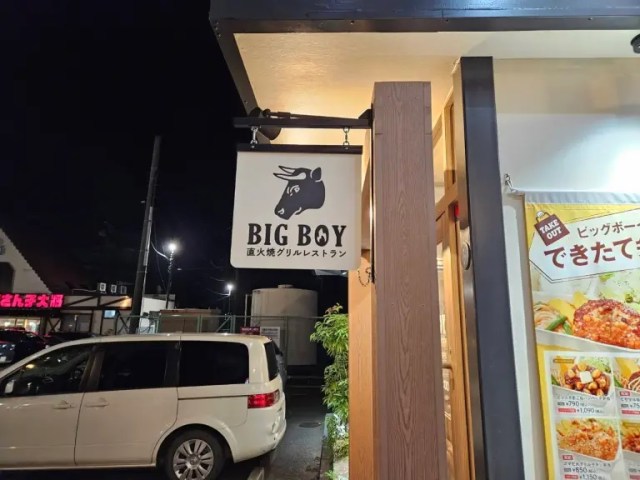
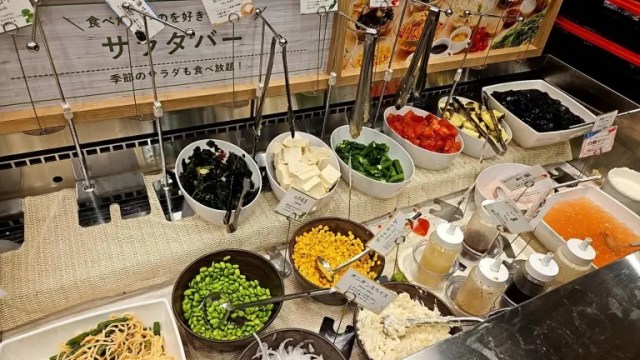
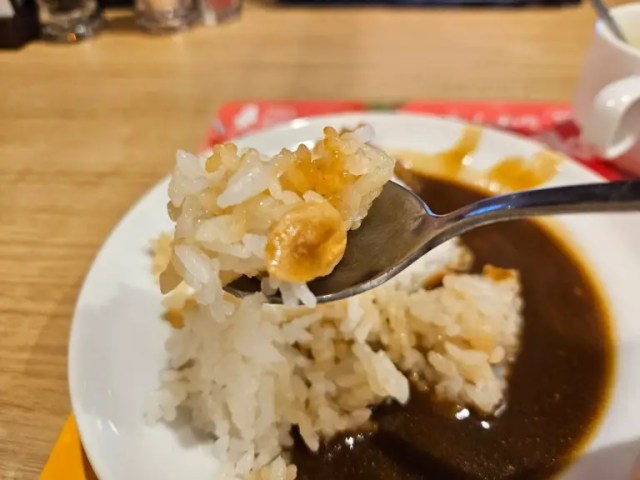
0 comments: